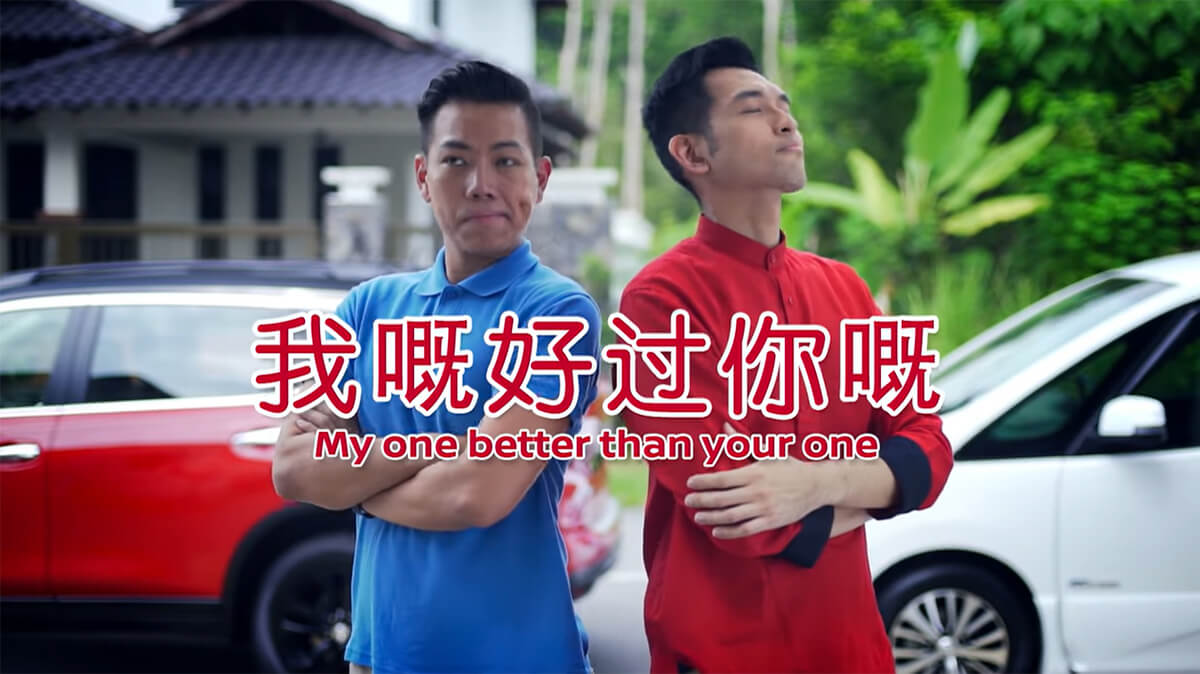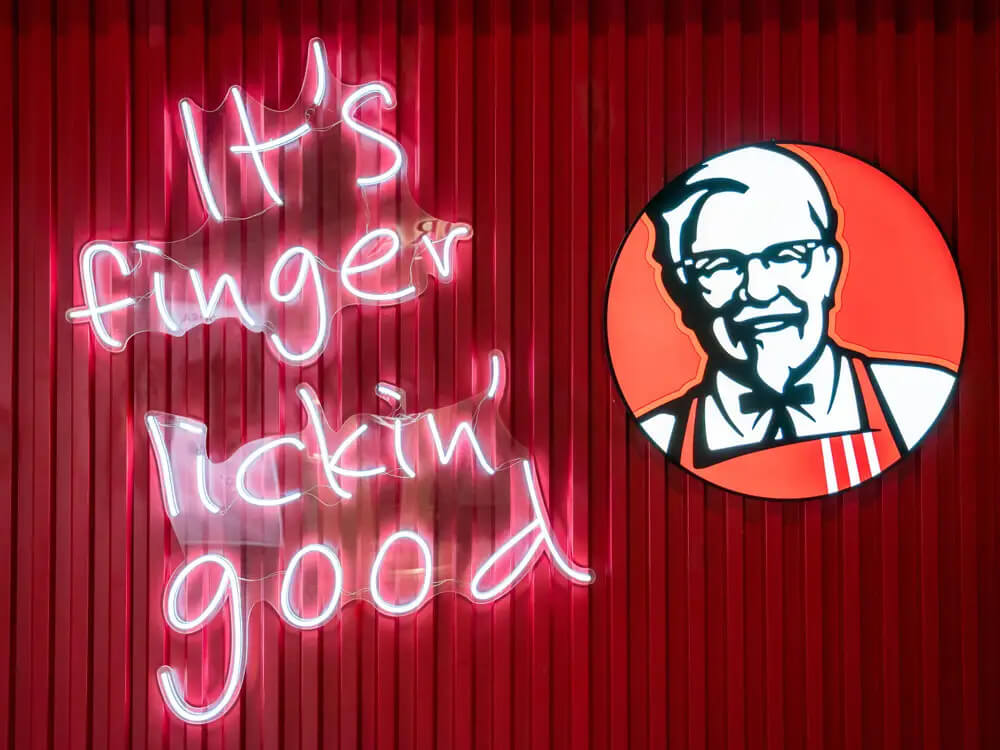
Consumer cynicism is at an all-time high1, and with it, a drop in brand trust. A statistic from Havas 2021 Meaningful Brands Report shows that less than half of brands are seen as trustworthy (47%), with numbers in East Asia being as low as 24%.2
This presents yet another challenge marketers must tackle. But how? A loss of trust can’t be made up for with more ads—as it is, consumers see 4000 to 10,000 ads a day3—or more data. Data-driven efforts like personalisation or programmatic media buy are only as effective as the ad itself, and in an increasingly digitalised world, data privacy is yet another factor that can erode consumers’ trust.
Rather than looking to these tools to enhance the ad experience, brands should turn to and focus on human insights.
These insights paint a picture of what matters to consumers and guide us to forging an emotional connection and later, building trust. Ultimately, trust impacts sales as a major value driver, both in the short-term and in the long-term.4 It can’t be ignored.
So, what are human insights exactly, and how can brands leverage them?
What are human insights?
Human insights are the “why”. While data offers numbers and measures quantitative metrics, human insights ask, “what happened” and “why it happened”. These insights are typically difficult to quantify and are highly subjective. They are rooted in observation and unfortunately, in today’s data-driven world, overlooked.
Our Head of Strategy, Edmund Lou, adds:
“Observations are key to any communication strategy. You don’t always find great big ideas from data. Rather, it’s the legwork of getting on the ground to observe and experience it all together.”
He goes on to say, “Observations are almost like a lost art. Brands tend to sway towards data because it “looks more credible”.” In reality, data and observations go together. For example, “One way to make observations appear more “credible” is to turn [them] into a survey, which will result in “data”.”
Why human insights are so important
You can tell when an ad or piece of content is utterly engaging. It hooks you in and has a certain je ne sais quoi—a quality that cannot be described or named easily, that retains your attention. As an audience member, you may feel moved or excited, or even inspired.
This is what happens when human insights are used strategically. They resonate.
Edmund explains, “[Consumers] will feel that a brand knows and understands them. The right use of such insights bridges the gap between brand and consumer. By closing [this] gap, brands can build stronger, lasting relationships with consumers.”
So, what might they look like? We’ve curated several case studies below.
Example #1: Kärcher Malaysia tugs heart strings

Big idea: Oddly Satisfying
Human insight: House cleaning is seen as a chore to many. But the positive takeout is that cleaning is somehow oddly satisfying.
Kärcher Malaysia has used this big idea since we won the pitch in 2020. The concept goes beyond what the brand and its product offerings do, but rather what emotional benefit a consumer derives from using their product. In this case, it’s about that tingle of satisfaction from cleaning, which to many, is oddly satisfying.
While one-off campaigns leverage different insights, this big idea will always be the foundation for future campaign ideas.
For instance, our Raya campaign for the brand. Titled “Rumahku, Memoriku”, the campaign ties nostalgia to the odd satisfaction that comes with cleaning. It draws on this additional insight: families may bond when they come together and spruce their homes up for Raya, but such memories can be side-lined and even forgotten.5
Example #2: Nissan leans into family dynamics

Big idea: My One Better Than Your One
Human insight: Sibling rivalry is real and it’s more obvious during Chinese New Year (CNY).
During the celebrated, annual festivities, Edaran Tan Chong Motor (ETCM) and NISSAN sought a way to build brand affinity and relevance, while promoting their vehicle models.
To do so, they produced a film in collaboration with us and Clic Production. The film is set during CNY when two brothers—and their families—arrive at their parents’ home for a reunion lunch. Over lunch, casual chatter escalates into sibling rivalry. The two brothers and their wives battle it out, comparing their cars, lifestyles, and accomplishments. This eventually reads futile when the siblings’ parents teach them a valuable life lesson.6
The sibling rivalry in this scene, according to the brand, is common in Chinese families and especially so during the festive period. Leveraging this insight, ETCM and NISSAN took the opportunity to share this message with Malaysians: quality time with loved ones outweighs comparing achievements.
Example #3: KFC and the enduring tagline
To cap off these campaigns, Edmund shares his breakdown of KFC’s tagline and how it connects back to human insights.

Source: Business Insider
Tagline: Finger Lickin’ Good
Human insight: Consumers tend to eat fried chicken with their hands. And when they are done, they lick their fingers in satisfaction.
It’s an insight based upon observation. Data will likely never show the exact percentage of people who eat fried chicken with their hands, nor how they end a satisfying meal by licking their fingers clean.
But this true statement shows us why KFC’s long-time tagline still connects with us Malaysians and people all over the world.
Conclusion
Human insights are powerful and can impact bottom-line metrics even if they don’t always have the data behind them. And this is because these insights speak to experiences we have. That is what makes them relatable and emotionally compelling. Without it, to the consumer, an ad is just an ad. People would not care if 75% of brands disappeared1 because there is no meaningful connection.
Instead of seeking out more digital tools, focus on human insights. Find the nuances that connect us as humans and infuse them into your marketing strategies. Tell stories that your consumers can’t help but resonate with and associate that emotional engagement with your brand.
To humanise your brand and build meaningful relationships with your consumers, get in touch.
References:
-
- 1 Consumer Cynicism at Forefront of Havas 2021 Meaningful Brands Report
- 2 Havas’ Meaningful Brands report 2021 finds we are entering THE AGE OF CYNICISM
- 3 How Many Ads Do We See A Day In 2022?
- 4 Winning or losing customers is a matter of trust
- 5 Kärcher MY reminds families to go beyond ‘coming together’ this Raya in new short
- 6 Nissan says, “My one better than your one”






